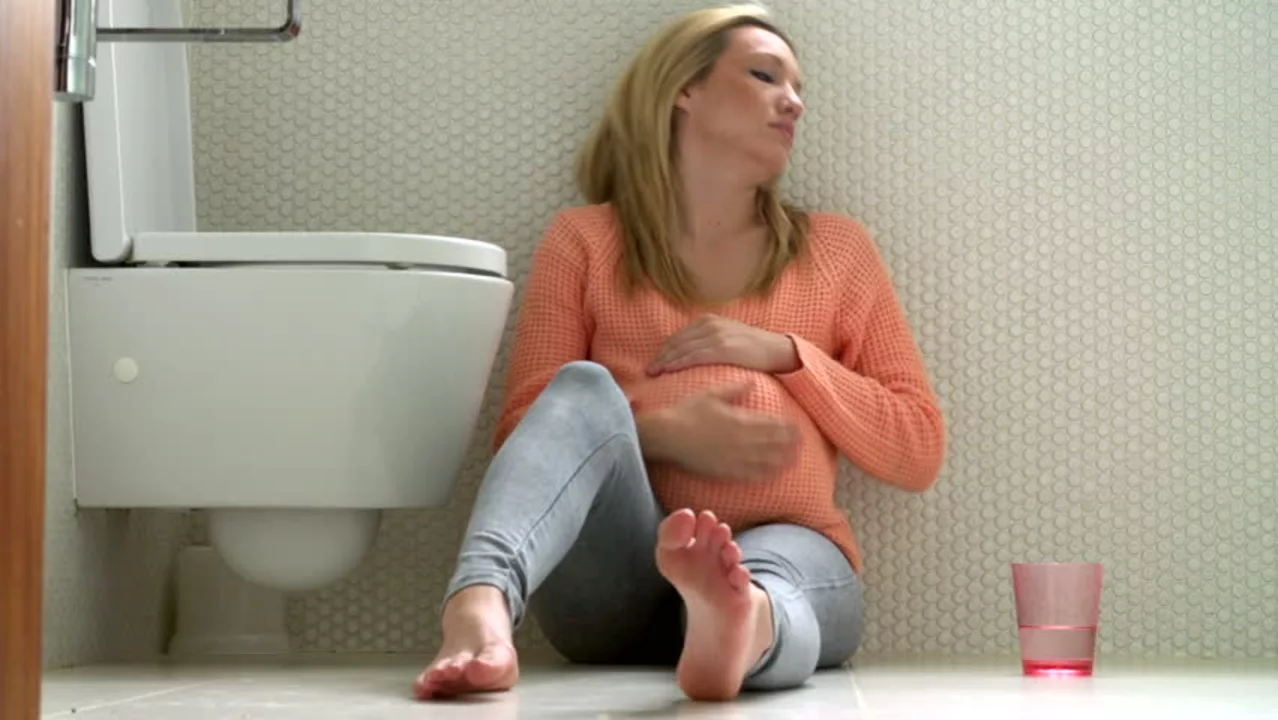Dressing tips for better wound care
A small mistake with a dressing can slow healing or cause an infection. These dressing tips focus on what you can do at home to keep a wound clean, comfortable, and moving toward recovery. No fancy equipment, just clear, practical steps you can follow right away.
Before you change the dressing
Wash your hands thoroughly with soap and water for at least 20 seconds. If you have sterile gloves, use them, but clean hands are the minimum. Gather everything first: new dressing, adhesive tape, saline or wound cleanser, scissors, and a trash bag. Having tools ready keeps the process quick and reduces contamination risk.
Work on a clean, flat surface with good light. If the wound is on a limb, sit so the area is steady. Cut tape or dressings to size before you touch the wound; this saves time and reduces exposure.
How to change a dressing safely
Gently remove the old dressing. If it sticks, moisten with saline to avoid pulling skin or scabs. Inspect the wound: note color, smell, and any drainage. Fresh blood or clear fluid is normal; thick yellow or green pus, bad odor, or rapidly increasing redness are warning signs.
Clean around the wound with saline or the cleanser your provider recommended. Pat dry with sterile gauze—don’t rub. Apply any ointment or prescribed treatment, then place the new dressing so it covers the wound completely with a margin of healthy skin around it.
Secure dressings with tape or a bandage that holds firmly but doesn’t cut off circulation. For fingers and toes, consider a flexible wrap so you can still move. If the dressing bunches or peels in a place that rubs, change the method to prevent friction—use a padded non-stick dressing or use adhesive remover strips as needed.
Keep dressings dry. If it gets wet, change it promptly—moist environments invite bacteria. For showering, cover the site with plastic and tape or use a waterproof bandage.
How often should you change it? Follow your provider’s advice. Many simple wounds need a daily change, while some modern dressings can stay on for several days. If the dressing becomes soaked, smelly, or loose, change it sooner.
Watch for signs that need professional care: increased pain, spreading redness, fever, pus, or any sudden change in the wound. If you see these, contact your healthcare provider right away.
Small tips that help: trim hair around the area carefully to help tape stick, avoid tight clothing over the dressing, and keep extra supplies on hand so you’re never caught unprepared. If you have diabetes or a weak immune system, be extra cautious—wounds can worsen faster.
These dressing tips keep things simple and focused on safety. Clean hands, the right supplies, gentle cleaning, and timely changes make a big difference in healing speed and comfort.
How to dress comfortably while experiencing vomiting during pregnancy
During pregnancy, experiencing vomiting can be challenging, but dressing comfortably can help ease the process. To stay comfy, opt for loose-fitting clothes that are easy to remove, such as oversized t-shirts or dresses. Soft, breathable fabrics like cotton or bamboo are perfect for preventing irritation and keeping you cool. Elastic waistbands or adjustable straps are also great for accommodating a growing belly without causing discomfort. Lastly, having a spare change of clothes on hand helps to stay fresh and clean after any unexpected incidents.






